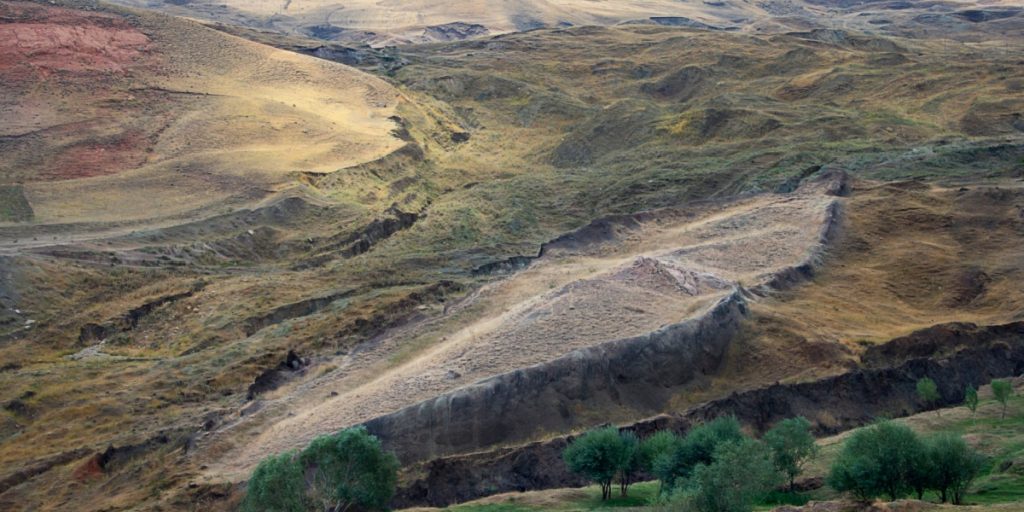A team of American researchers believe they’ve uncovered evidence pointing to the remains of Noah’s Ark.
Others are reading now
A centuries-old mystery may have come one step closer to being solved.
American researchers say they’ve located what could be the remains—or at least the imprint—of Noah’s Ark, nestled in the mountains of eastern Turkey.
Andrew Jones, an independent researcher involved in the project, believes the find lines up with the biblical description of the Ark. Speaking to Newsner, he said:
“It is exactly what you’d expect to find if this were a man-made boat, consistent with the biblical specifications of Noah’s Ark.
Also read
The team used ground-penetrating radar to explore the Durupinar site, a naturally boat-shaped formation around 18 miles south of Mount Ararat—the place many believers think the Ark came to rest after the Great Flood.
Tunnels, Decks, and Soil Clues
What they found beneath the surface has caught attention.
Radar scans revealed a 13-foot tunnel running through the center, along with patterns the team says resemble “central and side corridors or hallways.”
These features appear to match the structure described in Genesis 6:16, where Noah was instructed to build “lower, second, and third decks.” The structures are estimated to lie about 20 feet below ground.
Even more intriguing are the differences in the soil.
Jones observed that the grass growing within the boat-shaped formation is a different color compared to the surrounding area. Lab tests showed that the soil inside had lower pH levels—something the team says points to rotting organic material.
“If you know soil science—as I’m a soil scientist—you’ll understand that potassium levels, organic matter, and pH can all be influenced by decaying organic material,” explained team member William Crabtree.
If this was a wooden boat and the wood had rotted over time, we would expect to see elevated levels of potassium, changes in pH, and higher organic content—and that’s exactly what we’re finding.
Not Solid Wood—But a Strong Case
Despite the findings, Jones is careful not to oversell it.
The team doesn’t expect to uncover full wooden beams or planks. Instead, what they believe they’re seeing is a kind of “chemical imprint” left behind by the decayed remains of wood deep underground.
“This is not what you’d expect to see if the site were simply a solid block of rock or the result of random mudflow debris,” Jones said.
Now, the researchers want to carry out a drilling survey to get a clearer picture of what lies beneath.
According to Jones, it could finally help confirm whether the structure is natural—or something built by human hands thousands of years ago.
The Durupinar site has been tied to Noah’s Ark theories for decades, but with modern technology now in play, this latest effort may offer the most compelling evidence yet.


